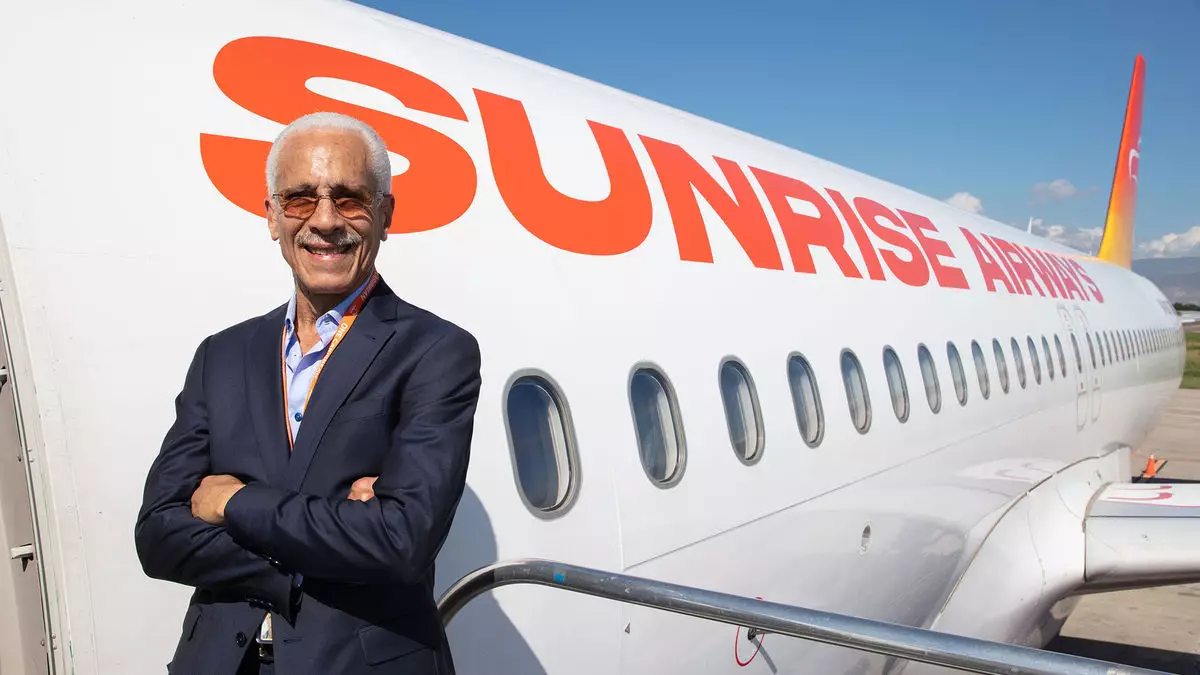As we approach the potential breakthrough year of 2025, interisland tourism in the Caribbean is poised for a transformative shift. While the region has long struggled with air transportation challenges—such as high flight costs, inconvenient connections, and a limited number of routes—there is an air of cautious optimism among stakeholders. With emerging airline strategies aiming to enhance connectivity, both international visitors and local travelers may soon find it easier than ever to experience the diverse offerings of the Caribbean islands.
Connectivity within the Caribbean has long been hampered by various challenges that increase the cost and complexity of travel. Nicola Madden-Greig, former president of the Caribbean Hotel & Tourism Association (CHTA), emphasized the critical role that airlift plays in boosting tourism. “Air transport is foundational to our expansion,” she stated, referring to the need for airlines to offer sufficient routes at reasonable prices. Fortunately, there are signs of progress, as regional airlines explore possibilities for enhanced connectivity, which could transform the Caribbean into a multi-destination travel hub.
Airlines such as InterCaribbean, Cayman Airways, and Caribbean Airlines are expanding their networks. Bahamas Air is eyeing entry into the Jamaica market, demonstrating a collective effort within the industry to facilitate smoother travel experiences. These developments not only target regional tourists but also attract long-haul travelers eager to explore multiple islands, showcasing the allure of island-hopping adventures.
The Caribbean’s diverse culture, cuisine, and geography are unmatched, offering myriad experiences that can entice tourists to explore beyond a single destination. Madden-Greig recently spearheaded a familiarization trip that highlighted the potential of destinations like Barbados, St. Lucia, Jamaica, and the Cayman Islands. By positioning the Caribbean as a multi-destination region akin to European travel, stakeholders hope to attract tourists seeking rich cultural experiences across various islands.
This strategy underscores the need for effective communication between regional tourism officials, travel advisors, and potential tourists. By promoting the distinct characteristics of each island, whether it be tranquil beaches, lush mountains, or vibrant local festivals, regional leaders aspire to create a compelling narrative that inspires travel throughout the Caribbean.
Despite the growing optimism, hurdles remain. Claudio Buncamper, COO of Sunrise Airways, pointed out the continued difficulties associated with interisland travel. Corporations like Sunrise Airways are striving to streamline travel logistics, reducing the need for overnight layovers in hub cities. Buncamper shared a common frustration: to visit St. Vincent from St. Maarten, travelers currently must layover in Trinidad. This kind of inefficiency detracts from the overall desirability of interisland travel.
Sunrise Airways is taking steps to address this by launching new routes and expanding the range of destinations served. However, the challenges of operating shorter flights are intrinsically tied to high operational costs, including taxes that can account for as much as 60% of a ticket’s price, further complicating affordable travel options for residents and tourists alike.
Industry leaders, including Steve Bennett, co-founder of Uncommon Caribbean, voiced frustrations regarding travel taxation policies that hinder interisland tourism growth. Bennett argues that existing tax structures make the region less competitive, hampering economic activity and discouraging intra-regional travel. He advocates for a reduction in air travel taxes and the implementation of open-skies agreements as vital steps toward fostering a thriving multi-island tourism economy.
Moreover, while ferry services exist between certain islands, Bennett noted the lack of affordable and accessible northbound routes. This limitation constrains travel options for tourists who wish to explore multiple islands conveniently.
Despite the existing complications, the outlook for 2025 is bright. Airlines like InterCaribbean and the reestablished LIAT 2020 are taking significant steps to launch or expand regional services, underscoring a commitment to improve intra-Caribbean travel. However, a key determining factor will be the ability of airlines to lower ticket prices to a more accessible range for the average traveler, whether local or international.
As Madden-Greig aptly summarized, there’s an ongoing effort to simplify travel logistics in the Caribbean. Collaborative initiatives among airlines, tourism boards, and governments could potentially redefine how the Caribbean is perceived as a travel destination. The critical factor will be addressing the historical isolation of islands by fostering interconnectivity between them.
Buncamper encapsulated this complex landscape, reminding us that while the desire for a united Caribbean tourism experience exists, the path forward requires careful collaboration and a departure from the competitive struggles that have plagued the regional aviation sector for decades. The potential is substantial, but it demands a unified vision to bring interisland tourism to fruition.

